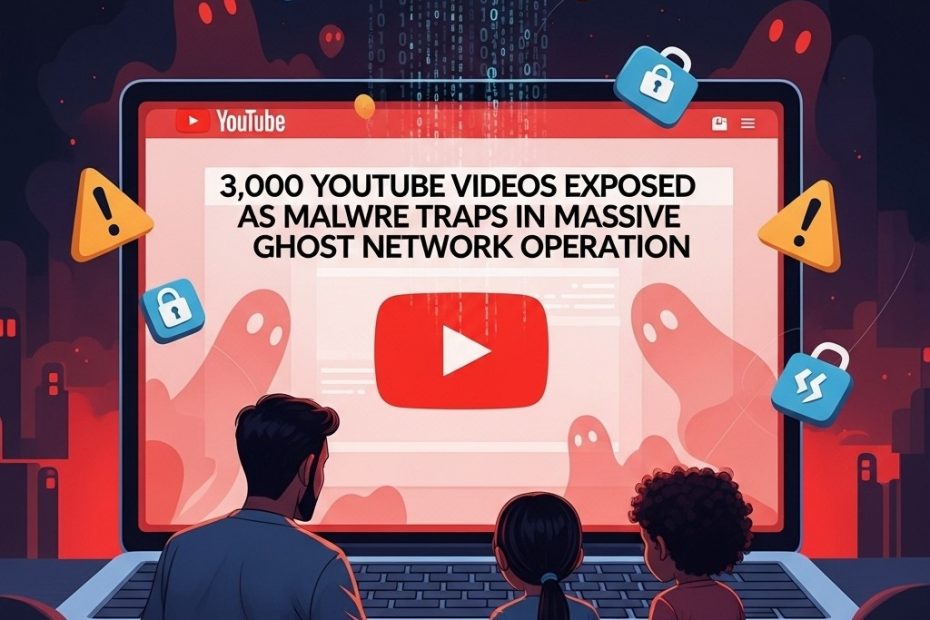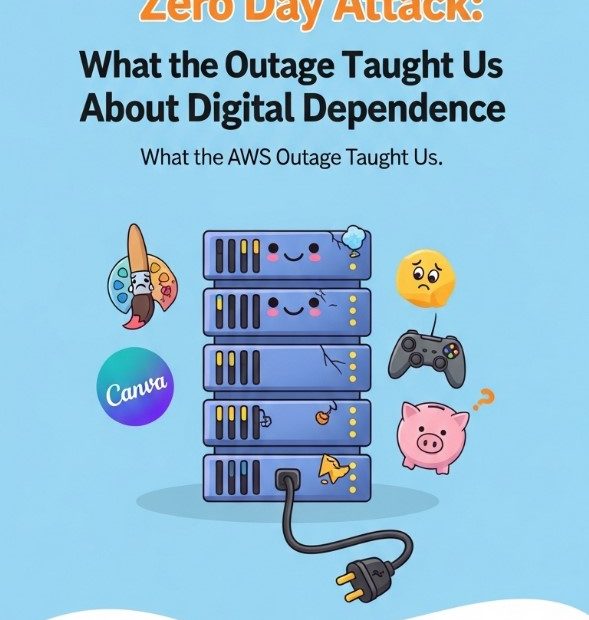YouTube’s Dark Side: How 3,000 Fake Videos Are Stealing Your Data Right Now.
Thousands of YouTube videos are actively stealing personal data through an elaborate scam network that’s been operating since 2021, and your family might be next.
Security researchers have uncovered what they’re calling the “YouTube Ghost Network,” a massive malware operation involving over 3,000 malicious videos designed to trick users into downloading data-stealing software. What makes this particularly dangerous is that these aren’t obvious scams from sketchy new accounts. Cybercriminals are hijacking established YouTube channels, some with hundreds of thousands of subscribers, and transforming them into malware distribution hubs that look completely legitimate.
The operation works with frightening sophistication. Attackers use three types of accounts working in coordination: video accounts that upload fake tutorials, post accounts that spam community tabs with malicious links, and interact accounts that leave encouraging comments and likes to create a false sense of trust. This organized structure means that even when accounts get banned, they’re immediately replaced without disrupting the overall operation.
The videos typically target people searching for free premium software, game cheats (especially for Roblox), or cracked versions of expensive programs, making young people particularly vulnerable. These fake tutorials look professional, rack up hundreds of thousands of views, and are surrounded by seemingly genuine positive feedback. One hijacked channel called @Afonesio1, with 129,000 subscribers, was compromised twice just to spread this malware.
What’s actually being distributed is serious stuff. Families who fall for these traps end up infected with “stealers”, specialized malware like Lumma Stealer, Rhadamanthys, and RedLine that specifically target passwords, banking information, and personal data. The criminals cleverly hide their malicious links behind trusted platforms like Google Drive, Dropbox, and MediaFire, or create convincing phishing pages on Google Sites and Blogger. They even use URL shorteners to mask where links actually lead.
The scale of this operation has tripled since the start of this year alone, and it represents a disturbing evolution in how cybercriminals operate. They’re weaponizing the engagement tools and trust signals that make social media work, views, likes, comments, subscriber counts, to make dangerous content appear safe.
For families, this is a wake-up call. Parents need to have honest conversations with their kids about why “free” premium software is almost always a trap. Children and teens need to understand that high view counts don’t guarantee safety, and those encouraging comments are likely from fake accounts. Everyone should remember the golden rule: never download software from YouTube video descriptions.
The cybersecurity lesson here is clear, trust, but verify. That helpful tutorial might look polished and professional, but it could be a carefully crafted trap designed to steal your most sensitive information. As one security expert noted, threat actors are now leveraging “the trust inherent in legitimate accounts and the engagement mechanisms of popular platforms to orchestrate large-scale, persistent, and highly effective malware campaigns.”
In an age where YouTube is often the first place people turn to learn new skills or find solutions, staying skeptical and informed isn’t just smart, it’s essential for protecting your digital life.

